

Time: 26min
Distance: 2.1km
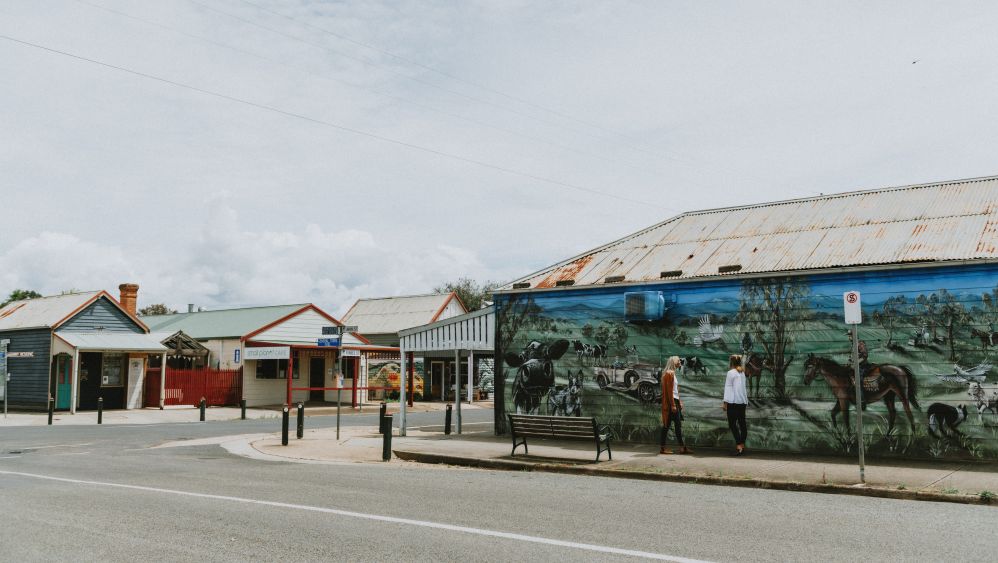
The Briagolong Historic Walk takes in the historical buildings of the town, and includes points of interest and eateries.
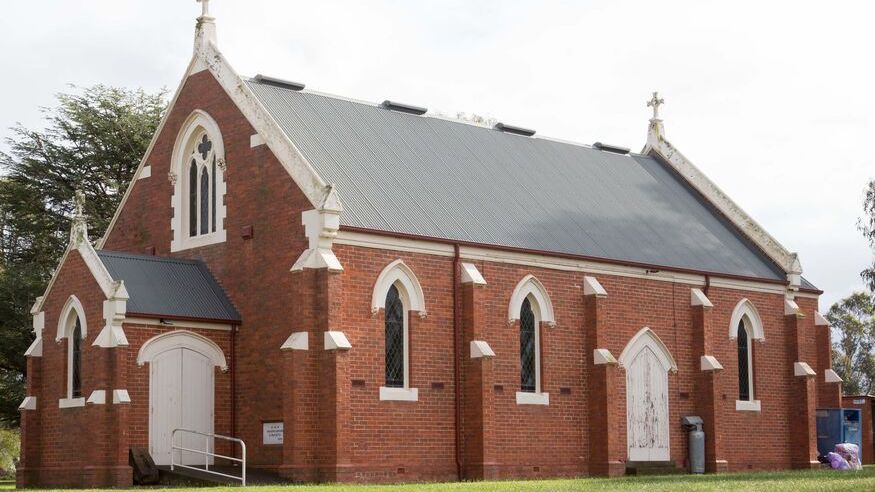
Located at 1 Avon Street
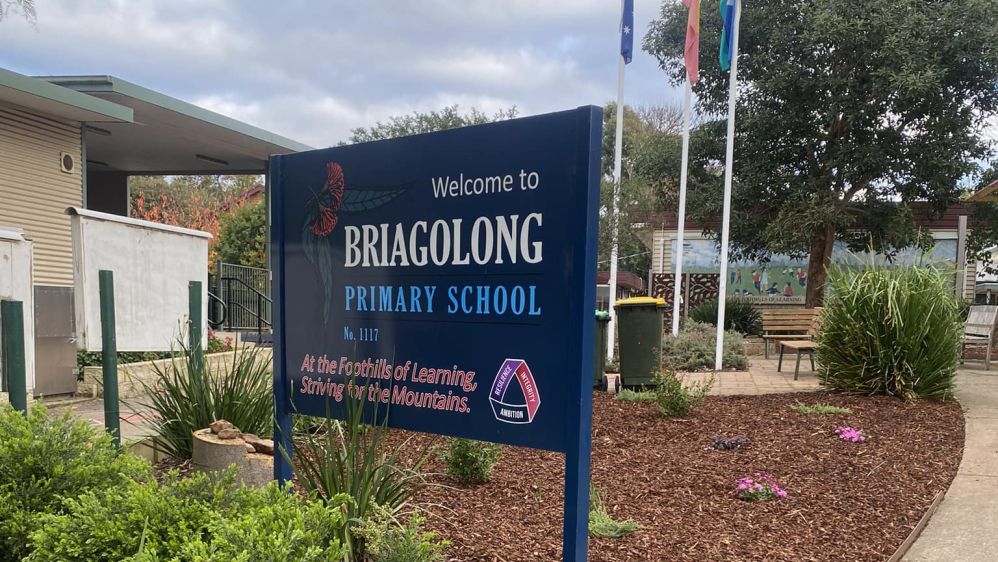
Located at 2 Church Street
Briagolong Primary School (formerly known as Rural School No 71 Top Plain and Briagolong Common School), was formed in 1871; just over 100 years after Captain James Cook sailed our eastern seaboard, and only 3 years after sailing ship ‘Hougomont’ arrived in Australia carrying the last of the 160 000 convicts transported to Australia. During this historic year, 26 children from Irish, Scottish, Norwegian, Switzerland and English descents started Briagolong Primary Schools 147 year tradition.
The original buildings from as early as 1872 are still onsite and are being used as classrooms today. The Red Brick Building was built in December, 1871 through community fundraising and funding from the Education Board. The building cost a total of £200 and is made from 30 000 red bricks. At the time, the building was used for teaching as well as community meetings and events. The building is used today and valued as a Prep building. The historic Sloyd building was erected in 1914 and was the building of the original school. Over the years it has been used for multiple uses such as a place for enrolments, library and film room. Today, the building is used as a Resource Room.
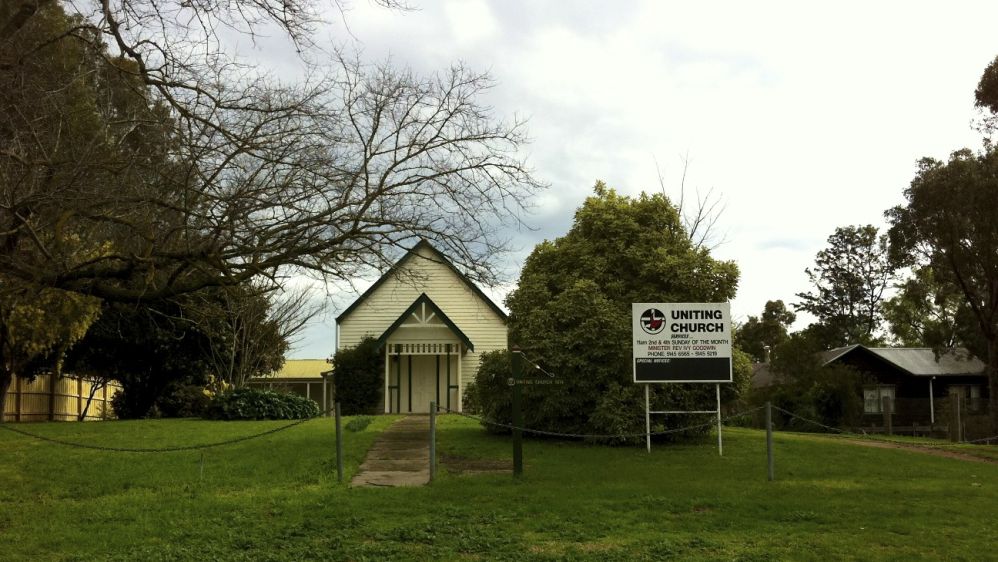
Located at 12 Church Street
As the first church to be built at Briagolong, the then Presbyterian Church was one of the town's only social outlets and played a major role in drawing the community together.
In the late 1800s, the district was just beginning to develop, and settlers who faced the many challenges of farming and the simple, isolated existence of rural living were in need of a social and spiritual outlet.
Following the gazetting of the Briagolong township in 1873, the land in Church St was obtained by the trustees of the Presbyterian Church and in 1875 the new building was officially opened.
In the early days the building was shared by the Anglican congregations and the Methodists, and in 1977, with the merger of the Presbyterian and Methodist churches, the church became part of the Uniting Church.
Originally 25 feet by 20 feet, with a shingle roof and built using redgum (most probably locally milled), the small building quickly outgrew its congregation, and several additions and modifications made during the 1800s and 1900s provided extra space and made the building more functional.
In 1992, a new hall was added, thanks largely to contributions from Briagolong resident Peter Mills and his sister Margaret Marshall of Beechworth, with about 100 people attending its opening and a full house at the evening service.
For decades, the building was the hub of the community, abuzz with activities and community groups for old and young, including Sunday school and the Presbyterian Women's Missionary Union, the oldest organisation within the Uniting Church.
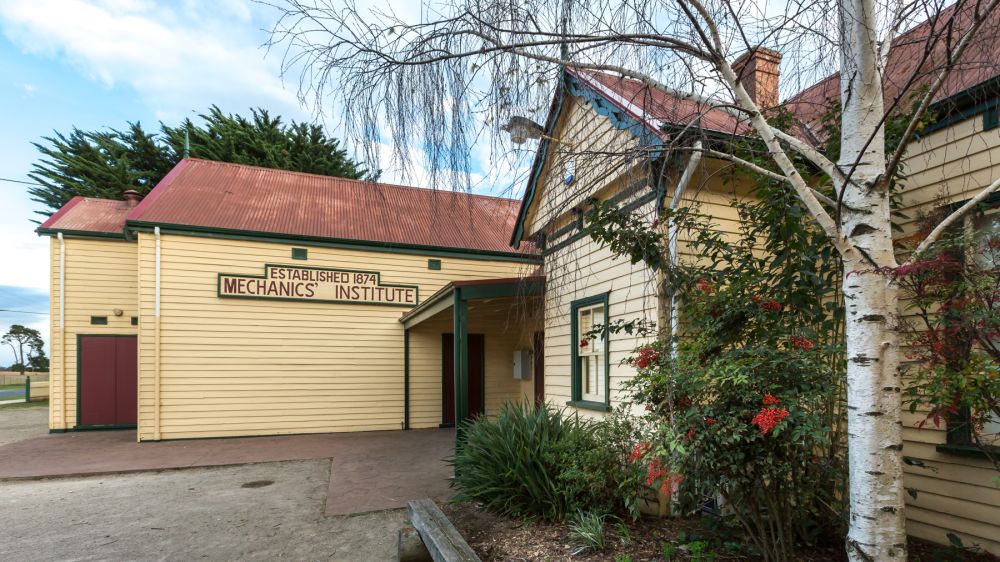
Located at 9 Avon Street
Built in 1874, the Briagolong Mechanics’ Institute has imperceptibly changed since the last extension in 1907, including the original library with books dating from 1835 to 1957.
In the 19th-century, Mechanics’ Institutes were community-based organisations that provided education to adults.
Briagolong Mechanics’ Institute, situated in the heart of Briagolong, is one of the oldest buildings in the Gippsland region, harbouring a collection of historic photographs and memorabilia and has operated since its construction serving many purposes to the Briagolong community.
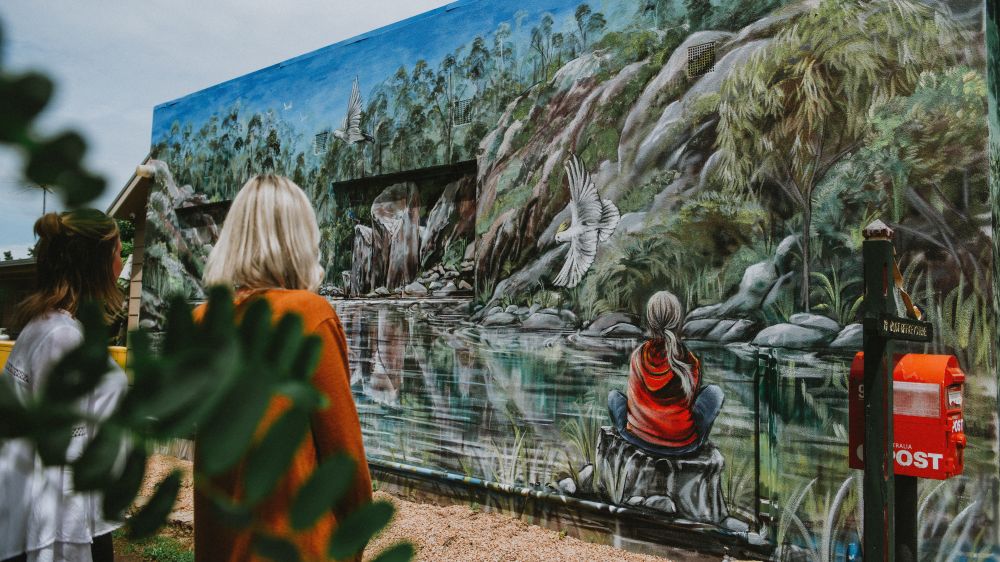
Located at 4 Avon Street
Established on May 1st 1871, the Briagolong General Store & Post Office has all you need for weekend away in the country. It now offers fuel, gas, ice, newspapers, magazines, 4WD maps, fresh fruit and vegetables, bread, groceries, plus take-away pies and lunch snacks.

Located at 1 Blundy Street
The Briagolong Police Station was formed on 22 December 1886. It is part of the Gippsland District.
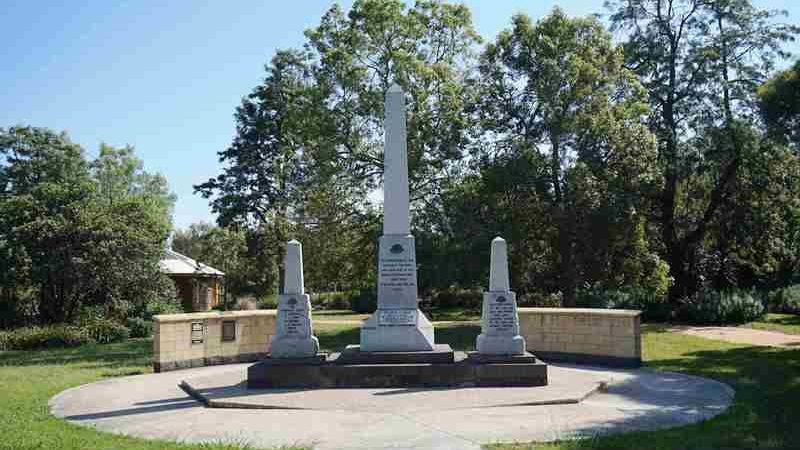
Located at 23 Avon Street
Within ANZAC Park lies the Briagolong War Memorial. The monument commemorates those who served in World Wars One and Two.
Originally erected to commemorate those who served in World War One, two smaller obelisks were placed on either side at a later date to commemorate those who served and those who died in World War Two. A marble tablet was placed on ANZAC Day 1924 as a tribute to Mrs. Mills, who unveiled the monument, for her work with the soldiers during World War One. On the tablet are inscribed the words "Friend of the Soldiers."
The memorial was officially unveiled on the 29th January 1921 by Mrs Mills in front of a large gathering.

Located at 24 Cahill Street

Located at 28 Cahill Street
Briagolong Kindergarten & Occasional Care Centre has been educating and caring for the children of Briagolong since 1988.
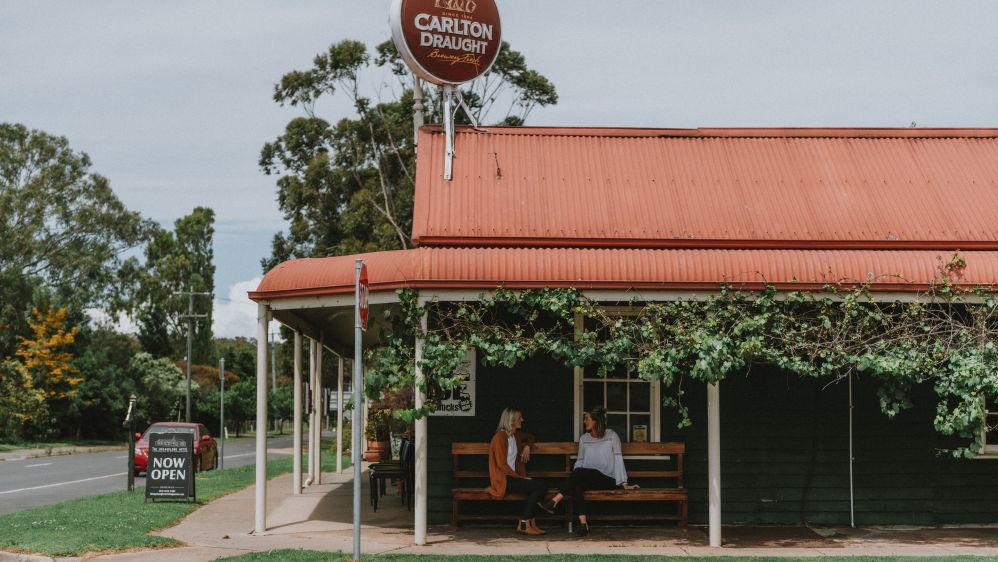
Located at 10 Forbes Street
The Hotel was built in 1880 and is now known as one of the best country pubs in Gippsland.

Located at 12 Forbes Street

Located at Cnr Avon & Forbes Streets
Briagolong Art Gallery is a contemporary gallery in the heart of beautiful Briagolong, at the edge of the foothills of the Great Dividing Range in Gippsland, Victoria. Briagolong Art Gallery's ever-changing exhibitions showcase work from the best of Gippsland's printmakers, painters, photographers and sculptors.

Located at Landy Street
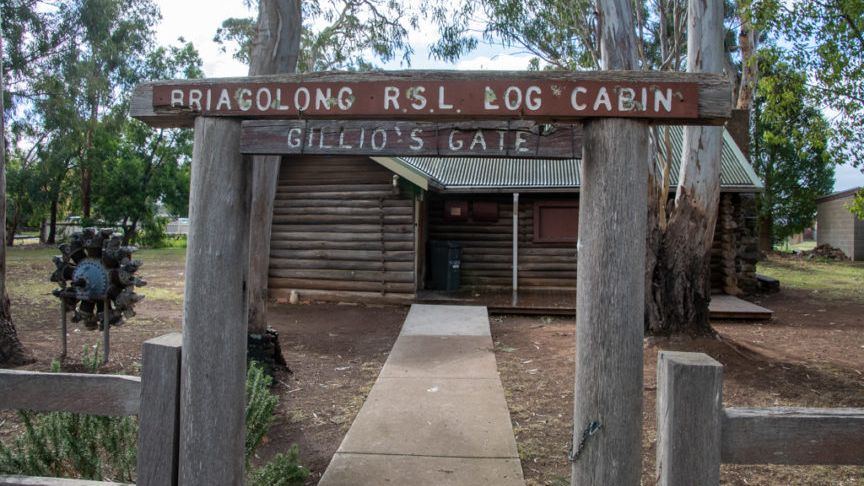
Located at 61 Avon Street
The Briagolong RSL Sub Branch is a small club in Gippsland with a unique Log Cabin which is considered an appropriate place for its first Friday of the month meetings, commencing at 7:30pm. Probably the first RSL Log Cabin clubroom to be built in Australia was officially opened on 2 April 1949 at Briagolong. The building which was built by sheer grit and perseverance by the local members commenced in 1948 from logs cut from local trees and. The fame of the Briagolong Sub Branch has spread far and wide in those days with a prominent Melbourne philanthropist donating a £100 to assist in building the Log Cabin. The stone in the fire place was from the chimney at Briagolong’s old Catholic church and the unusual gateway at the entrance to the Log Cabin (Gillio’s Gate), is a gate fashioned by nature by a fallen tree – which is still in use today!